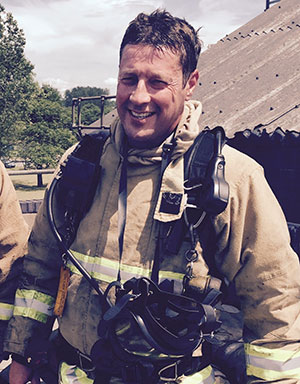Fire-fighting and fire detection
13.—(1) Where necessary (whether due to the features of the premises, the activity carried on there, any hazard present or any other relevant circumstances) in order to safeguard the safety of relevant persons, the responsible person must ensure that—
(a)the premises are, to the extent that it is appropriate, equipped with appropriate fire-fighting equipment and with fire detectors and alarms; and
(b)any non-automatic fire-fighting equipment so provided is easily accessible, simple to use and indicated by signs.
(2) For the purposes of paragraph (1) what is appropriate is to be determined having regard to the dimensions and use of the premises, the equipment contained on the premises, the physical and chemical properties of the substances likely to be present and the maximum number of persons who may be present at any one time.
(3) The responsible person must, where necessary—
(a)take measures for fire-fighting in the premises, adapted to the nature of the activities carried on there and the size of the undertaking and of the premises concerned;
(b)nominate competent persons to implement those measures and ensure that the number of such persons, their training and the equipment available to them are adequate, taking into account the size of, and the specific hazards involved in, the premises concerned; and
(c)arrange any necessary contacts with external emergency services, particularly as regards fire-fighting, rescue work, first-aid and emergency medical care.
(4) A person is to be regarded as competent for the purposes of paragraph (3)(b) where he has sufficient training and experience or knowledge and other qualities to enable him properly to implement the measures referred to in that paragraph.
What the Enforcement Guidance says:


